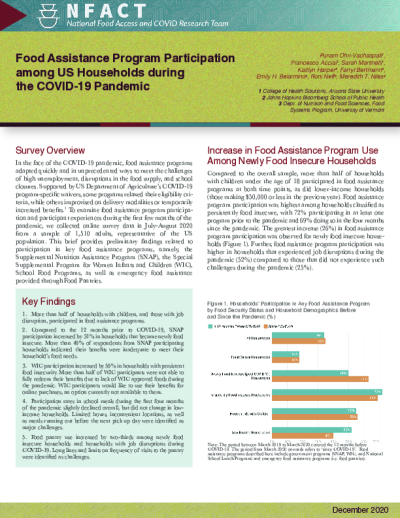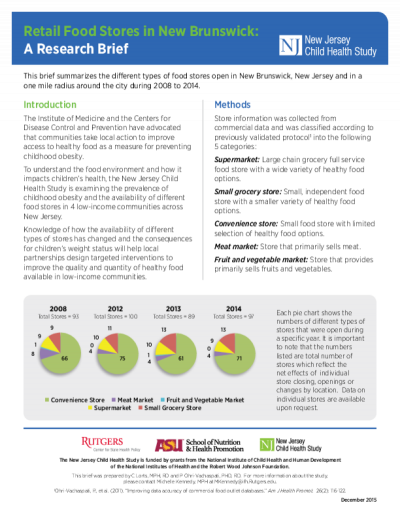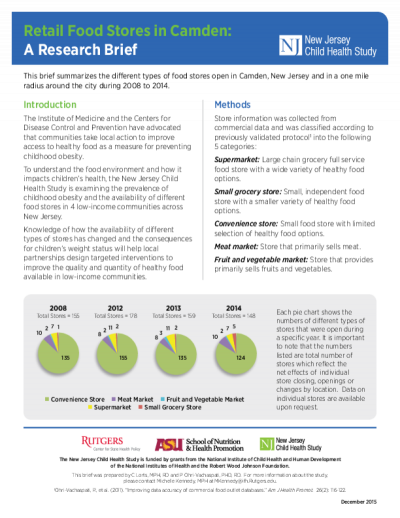
In the face of the coronavirus (COVID-19) pandemic, food assistance programs adapted quickly and in unprecedented ways to meet the challenges of high unemployment, disruptions in the food supply, and school closures. Supported by US Department of Agriculture’s COVID-19 program-specific waivers, some programs relaxed their eligibility criteria, while others improvised on delivery modalities or temporarily increased benefits.1 To examine food assistance program participation and participant experiences during the first few months of the pandemic, we collected online survey data in July 2020 from a sample of over 1,500 U.S. households, representative of the US population. This brief summarizes participation in key food assistance programs, namely, the Supplemental Nutrition Assistance Program (SNAP), the Special Supplemental Program for Women Infants and Children (WIC), School Food Programs, as well as emergency food assistance provided through Food Pantries.

Many factors influence children’s health behaviors and health outcomes. The Social Ecological Model (SEM) groups these factors into interactive layers, creating a framework for understanding their influence and for designing interventions to achieve positive change. The layers of influence in the SEM include individual, interpersonal, organizational, community, and policy factors.


This brief summarizes the different types of food stores open in New Brunswick, New Jersey and in a one mile radius around the city during 2008 to 2014.

Many factors influence children’s health behaviors and health outcomes. The Social Ecological Model (SEM) groups these factors into interactive layers, creating a framework for understanding their influence and for designing interventions to achieve positive change. The layers of influence in the SEM include individual, interpersonal, organizational, community, and policy factors (see figure). The New Jersey Child Health Study (NJCHS) was designed to examine how specific layers of the SEM, particularly food and physical activity environments in schools and communities, affect obesity outcomes in children

This brief summarizes the different types of food stores open in Camden, New Jersey and in a one mile radius around the city during 2008 to 2014.

This brief summarizes the different types of food stores open in Newark, New Jersey and in a one mile radius around the city during 2008 to 2014.

This brief summarizes the different types of food stores open in Trenton, New Jersey and in a one mile radius around the city during 2008 to 2014.

Meatless Monday is an initiative that encourages actionable steps toward the reduction of meat consumption by asking participants to eat meat-free on Mondays. Many organizations, cities, schools, and correctional facilities have implemented Meatless Monday initiatives as a push to improve environmental sustainability, human health, and the welfare of animals. Such initiatives provide an opportunity to educate consumers on the health benefits of a plant-forward diet, the environmental impact of meat production, animal welfare issues, the innovation of non-meat proteins, and to engage stakeholders in gaining more control over their food choices. This report offers a summary of seven Meatless Monday initiatives throughout the U.S., highlighting best practices and notable challenges of implementing and maintaining such an initiative in three different contexts: local government, school systems, and non-profit or volunteer-led organizations. This report was conducted through an extensive look at previous research, news articles, and marketing materials, as well as interviews with stakeholders in six mid-sized U.S. cities.

Beginning in March 2020, the COVID-19 pandemic triggered a sudden and severe economic downturn and led to disruptions in domestic and international food systems and supply chains. Over the first few months of the pandemic, in the United States, many stores had empty shelves, bars and restaurants closed, and children could no longer go to school. The unemployment rate increased from 3.5% in February 2020 to 14.8% in April 2020, leading to economic instability for many households. As a result, household food insecurity, defined as having limited or inconsistent access to nutritious and affordable food, increased rapidly.
During the first months of 2021, vaccinations began rolling out, more individuals returned to in-person work, children to schools, and restrictions were gradually phased out. Unemployment has decreased since the April 2020 peak to 5.4% in July 2021, but remains above pre-pandemic levels. This brief describes the prevalence of household food insecurity, job disruptions, and food-related behaviors as reported by a nationally representative sample of 1,643 U.S. adults, both in the year prior to the COVID-19 pandemic (March 2019 – March 2020) and during the first four months of 2021 (January – April 2021), a period representing approximately one year since the onset of the pandemic.